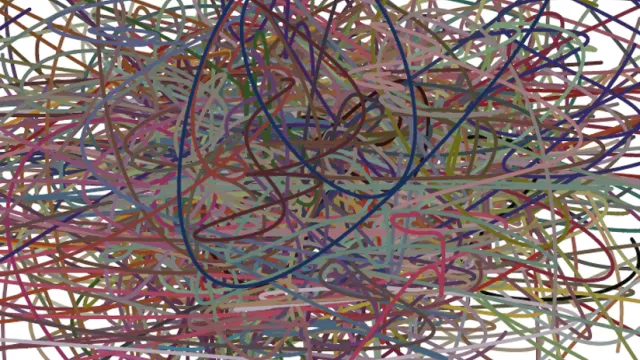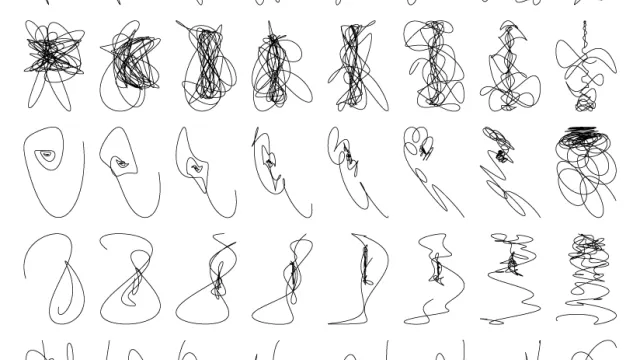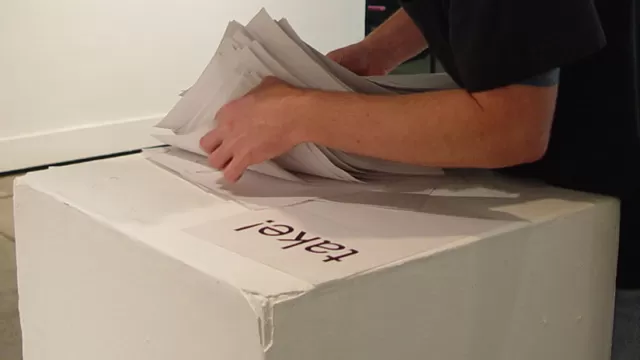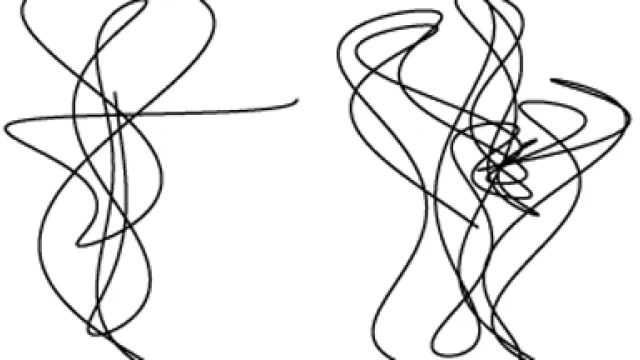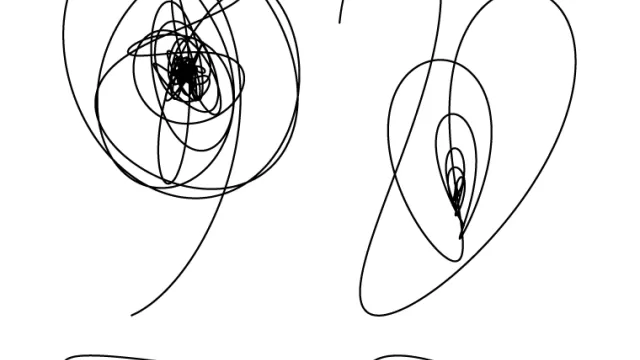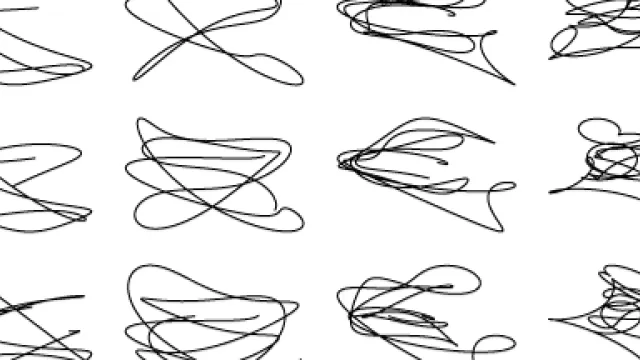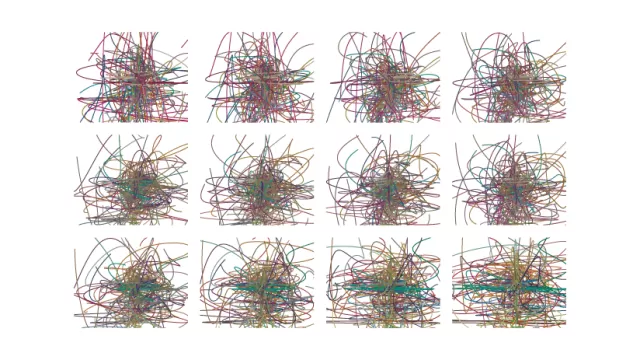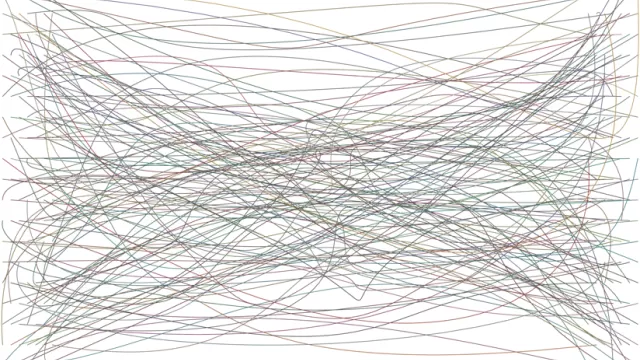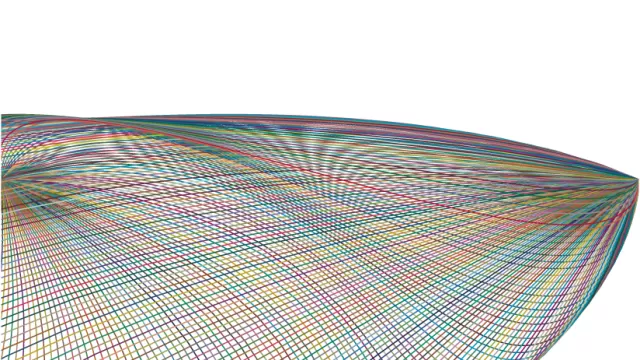There is an unfortunate sense of naturalness in the use of the screen as the main output device for computational experiments. It is common to divide generative art from generative music, but there is no real necessity for the distinction; the underlying structures and code may be almost identical.

